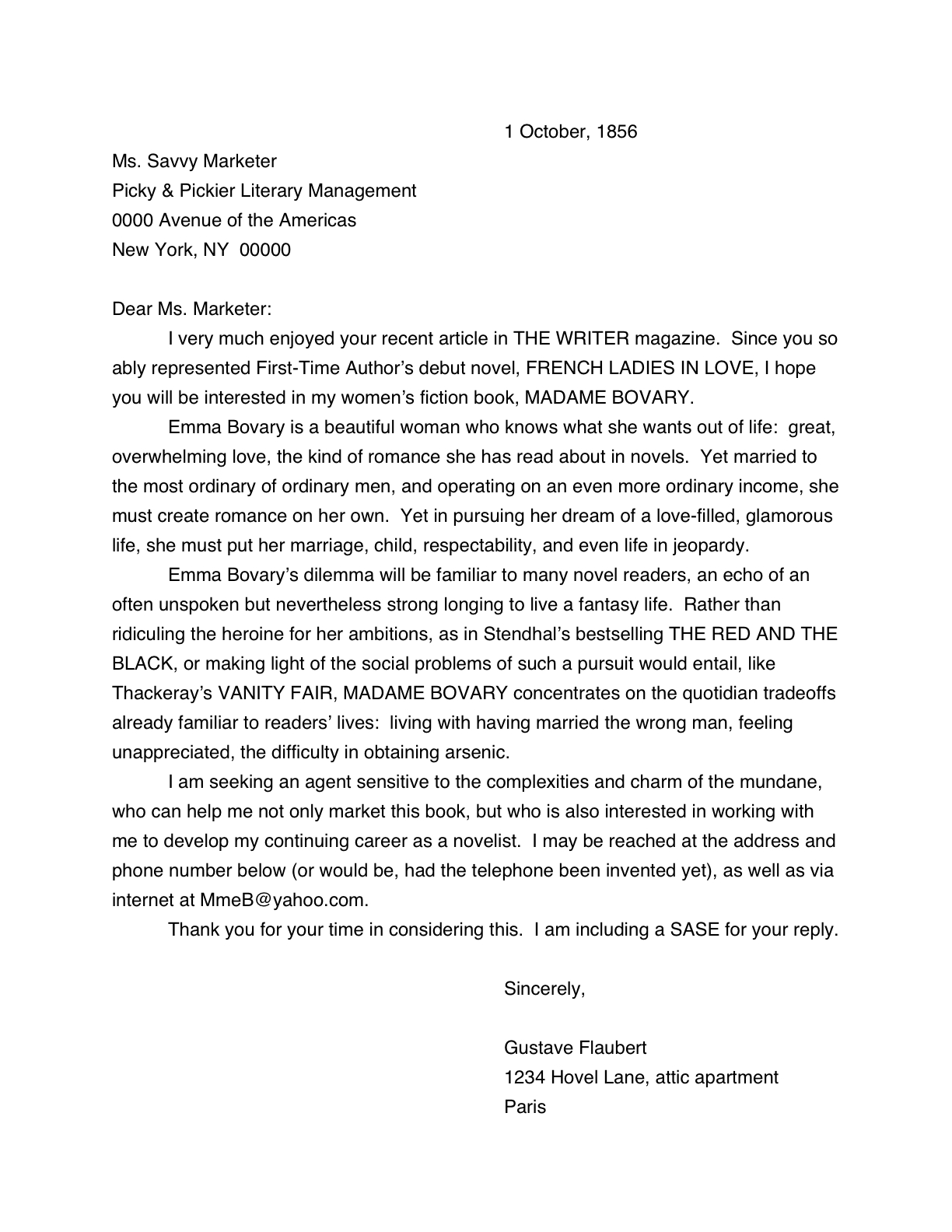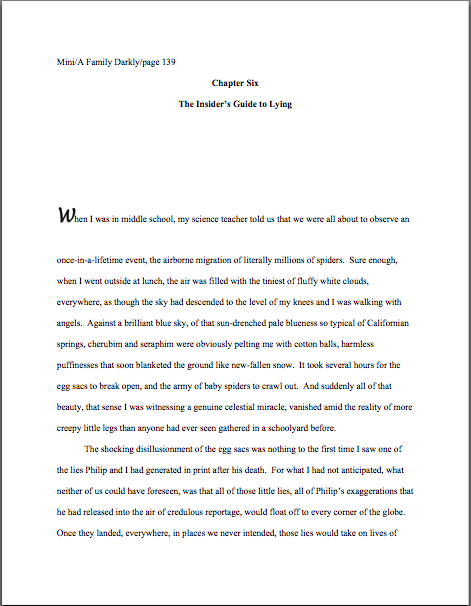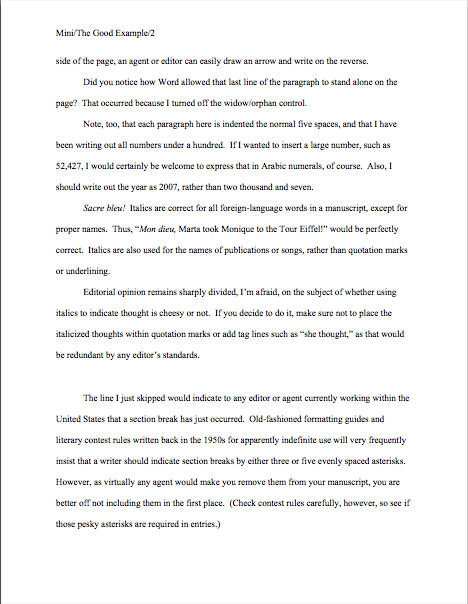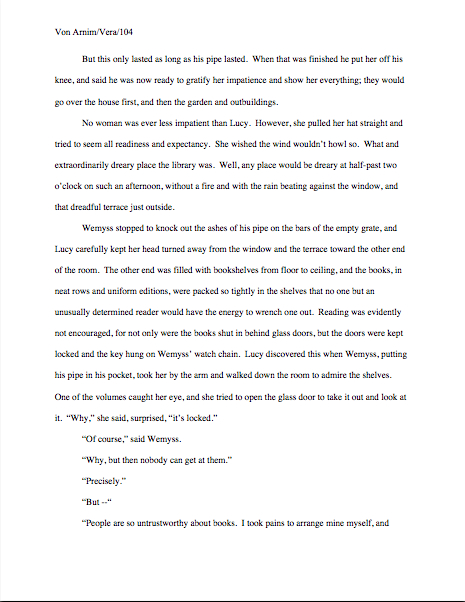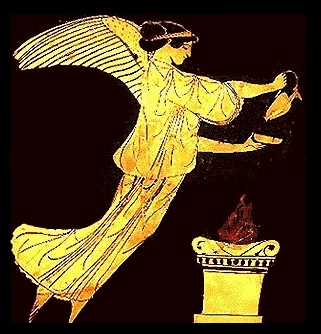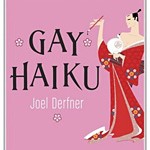The universe is full of unanswered questions lately, I notice. What is the origin of evil, for instance? Why didn’t I follow up on Tuesday’s rather exciting (I thought) post on 1-page synopsis-writing with an equally thrilling one yesterday — or indeed, post yesterday at all? And why oh why do I seem to associate synopses with mushrooms?
Some doors man was not meant to open.
Last time, I let the cat out of the bag, all right: I divulged the secret that just because many different people — agents, editors, contest rule-writers, fellowship committees, etc. — use the term synopsis, it does not mean that they are necessarily all talking about an identical document. Different individuals, agencies, and institutions want different lengths, so it always behooves an aspiring writer to double-check the requirements.
Being an intrepid soul, I jumped right in and tackled the most feared of such requests, the single-page synopsis. Unlike a longer synopsis, where the writer actually is expected to provide an overview of the book in question’s plot or argument, a 1-page synopsis is essentially a teaser for the book, intended only to perform a limited number of functions.
What functions, you ask? Well may you ask, because now that I cast my eye back over Tuesday’s post, I notice that I might have presented them in a slightly clearer fashion. As in, for example, list format:
(1) introduce the major characters and premise,
(2) demonstrate the primary conflict(s),
(3) show what’s at stake for the protagonist, and
(4) ideally, give some indication of the tone and voice of the book.
This goal should sound very, very familiar to those of you who made the hard trek through my recent series on verbal pitches. In both cases, the purpose is not to tell everything there is to tell about the book — these formats are simply too short to permit that — but to give the reader/hearer enough of a taste to whet his or her appetite.
In case I’m being too subtle here, you’re trying to get the agent reading it to ask to see the manuscript, not provide so much information that reading it would be redundant. Everybody clear on that?
Actually, this isn’t a bad list of goals for any length synopsis — certainly, it’s more than most that cross our pal Millicent’s desk actually achieve. However, for a longer synopsis — say, the 5-page version most frequently requested by agents, or a slightly shorter one intended for contest submission — I would add to the list:
(5) show the primary story arc through BRIEF descriptions of the most important scenes. (For NF that isn’t story-based, present the planks of the overarching argument in logical order, along with some indication of how you intend to prove each point), and
(6) show how the plot’s primary conflict is resolved or what the result of adopting the book’s argument would be.
Does that sound like an overwhelming set of tasks to pull off in a few short pages? I can see how it might feel that way, but to continue my newfound tradition of bluntness, the vast majority of synopsis-writers attempt to do far, far more.
How so? Well, the first time you tried to write a synopsis, didn’t you try to tell the entire story of the book?
I shall take that giant-sized sigh of disgusted recognition as a yes — and if I had to guess (do I? Do I? Apparently, I do), I would wager that those of you who DIDN’T answer that question in the affirmative have not yet tried to write a synopsis.
At least, not since you learned what they were for; I’m not talking about those oh-so-common soi-disant synopses that don’t summarize the book so much as promote it. (This is the best novel since MIDDLEMARCH, only less depressing!) But of that pitfall, more follows anon.
If you find the necessity for brevity intimidating, you are hardly alone; I am perpetually meeting aspiring writers agonizing over it. Case in point: about five years ago, I met a marvelous writer at a conference; naturally, as conference etiquette demands, I asked her over crawfish etouffée what her first novel was about.
Forty-three minutes and two excellently-becreamed courses later, she came to the last scene.
“That sounds like a great novel,” I said, waving away a waiter bent upon stuffing me until I burst. “And I really like that it’s an easy one to pitch: two women, misfits by personality and disability within their own families and communities, use their unlikely friendship to forge new bonds of identity in a lonely world.”
The author stared at me, as round-eyed as if I had just sprouted a second head. “How did you do that? I’ve been trying to come up with a one-sentence summary for two years!”
Of course, it was easier for me than for her: I have years of experience crafting pitches; it’s a learned skill. Still more importantly, because I had not yet read the book, I did not know the subtle character nuances that filled her pages. I could have no knowledge of how she had woven perspective with perspective in order to tease the reader into coming to know the situation fully. I was not yet aware of the complex ways in which she made language dance. All I knew was the premise and the plot – which put me in an ideal position to come up with a pithy, ready-for-the-conference-floor pitch.
Or — and I can feel that some of you have already jumped ahead to the next logical step here — a synopsis.
This is why, I explained to her, I always write the pitch before I write the piece. Less distracting that way. You can always tweak it down the road, but why not get the basic constituent parts on paper first, while the plot elements are still painted in broad strokes in your head?
Ditto for synopses. Naturally, they will evolve as the book develops and the plot thickens in writing, but I’ve never known a writer who could not easily give a one-page synopsis of her book when she was two weeks into writing it — and have seldom known the same author to be able to do so without agony a year later.
Those of you locked in mid-novel can feel what I’m about to suggest coming, can’t you?
That lump in the pit of your stomach is not lying to you: I am seriously suggesting that you sit down and write at least a concise summary of the major themes of the book — if not actually a provisional 1-page synopsis (and, to be on the safe side, a 5-page one as well) — BEFORE you finish writing it.
At least a rough draft: you’ll have more time to tweak later on, and in the long run, if you multi-task throughout the creation process, your work will hit the agent market faster.
How so? Well, think how much happier you will be on the blessed day that an agent asks you for one. Wouldn’t you rather be able to say, “Sure; I’ll get that out to you right away,” instead of piping through mounting terror, “Wow, um, I guess I could pull one together and send it with the chapter you requested…”
Synopses, like pitches, are often easier to write for a book that has not yet come to life. At the beginning of the writing process, it is easy to be succinct: there are not yet myriad plot details and marvelous twists to get in the way of talking about the premise.
Everyone who has ever sighed in response to the ubiquitous question, “Gee, what is your book about?” knows this to be true, right?
As I mentioned earlier in this series, too many aspiring writers seem to forget that the synopsis is a writing sample, too — and will be judged accordingly. A panicked state is not, I have noticed, the most conducive to smooth summarization.
One common mistake is to overload the synopsis with detail, instead of sticking to the major plot points. The result, in case you were wondering, tends to look a little something like this:
Contrast that, if you please, with the solid 1-page synopsis for the same book we discussed yesterday:
The difference is pretty stark, isn’t it? At the rate that the first example is crawling, it would almost be quicker to read the manuscript itself.
I heard you think that: no, Millicent will NOT immediately turn to a manuscript if she finds a synopsis unsatisfying. In the rather unlikely circumstance that she reads the synopsis first (screeners tend to pounce upon the first page of text right away, to see if they like the writing, then move on to a requested synopsis later), all a poorly-constructed synopsis is likely to impel her to do is reach for her already-prepared stack of form-letter rejections.
Sorry.
The other common panic response to the demand for brevity, particularly in a 1-page synopsis, is to turn it into a projected back jacket blurb for the book. Contest judges see this all the time: the requested synopsis is, after all, not all that much longer than a standard back jacket blurb, many contest entrants apparently think, so why not use it as an opportunity for promotional copy?
The result, alas, tends to be a series of vague generalities and unsupported boasts, looking a little something like this:
Yes, I know that there’s a typo in the last paragraph, smarty pants — and I sincerely hope that you caught some of the many standard format violations as well. For the moment, though, let’s set cosmetic matters on the back burner and look at the content. Setting aside the most important writing distinction between these three examples — the third TELLS that the book is good, whereas the the second and third SHOW that why it might be appealing through specifics — let’s stick to basics here.
So let me ask you: how well does each fulfill the criteria for 1-page synopsis success that we established above? To recap:
(1) introduce the major characters and premise,
(2) demonstrate the primary conflict(s),
(3) show what’s at stake for the protagonist, and
(4) ideally, give some indication of the tone and voice of the book.
Obviously, the last example fails in almost every respect. It does (1) introduce a few of the main characters and part of the premise, but dumbs it down: Lizzy seems to be the passive pawn of Mr. Wickham, and not too bright to boot. It mentions (2) one of the conflicts, but neither the most important nor the first of the book, but it entirely misses the book’s assessment of (3) what’s at stake for Lizzy (other than the implied possibility of falling in love with the wrong man).
Most seriously, (4) this blurb pretty actively misrepresents the tone and voice of the book, presenting it as a torrid romance rather than a comedy of manners. Why is this a mistake? Well, think about it: would an agent who represents steamy romances be a good fit for PRIDE AND PREJUDICE? Would s/he be likely to have the editorial connections to place it under the right eyes quickly?
And when you come right down to it, isn’t an agent who gets excited about the book described here likely to be disappointed by the opening pages of PRIDE AND PREJUDICE?
Example #1 — what I like to call the run-on synopsis — performs better, doesn’t it? It presents both (1) the characters and premise fairly well, but in getting sidetracked by a minor conflict, its writer rapidly runs out of room to present the (2) primary conflict of the book. By focusing so exclusively on what happens, rather than upon establishing, say, the protagonist’s motivations and desires, it underplays (3) what’s at stake for her.
Isn’t it interesting, though, how little actual quotation from the book (as I’ve done several times throughout) helps demonstrate the tone and voice of the book? It’s one of the great comedies of the English language — shouldn’t this synopsis be FUNNY?
The middle example — the one that, if you will recall, is little more than a reformatted and slightly expanded version of the summary portion of a 2-minute pitch — succeeds in fulfilling each of our goals. Or perhaps it would be more productive if I asked that as a question: DOES it? Can you think of ways to improve upon it without extending it beyond a single page?
Quick, now: Aunt Jane needs to know immediately, because the agent of her dreams asked her today to send the first 50 pages and a synopsis, and she’s just about to finish printing up the former. Can you pick up the pace of revision, please?
See how much harder it is when you’re trying to do it in a hurry? Wouldn’t it be nice if Aunt Jane already had a synopsis on hand to send?
I know, I know: it’s exceedingly tempting to procrastinate for as long as you possibly can about embarking upon a task as difficult and as potentially annoying as this, but working on the synopsis well before anyone in the industry might reasonably ask to see it guarantees that yours will have a significant advantage over the vast majority that cross Millicent’s desk: it won’t have been tossed together at the last possible nanosecond before sealing the submission packet.
The results, as Millie herself would be the first to tell you, are not always pretty. Your manuscript deserves better treatment than that, doesn’t it?
I’ll leave you chewing on all of these big issues for the nonce. Next time, we’re going to be returning to these same examples with a more technical eye, to see how the smaller structural and presentation issues play into a synopsis’ success.
Keep up the good work!







